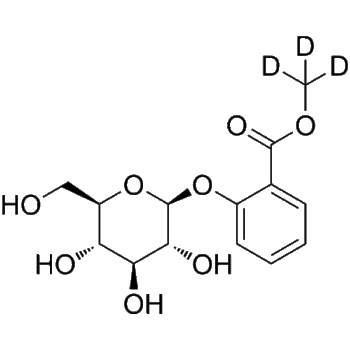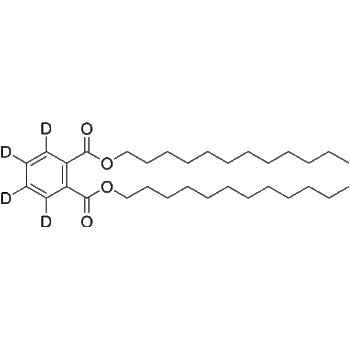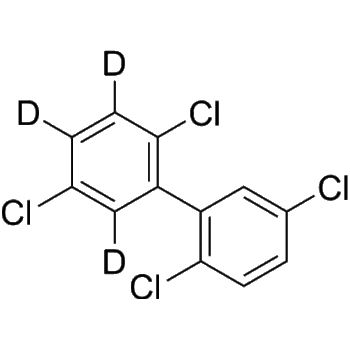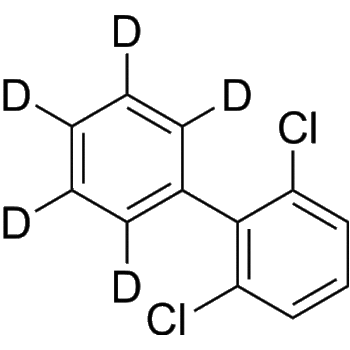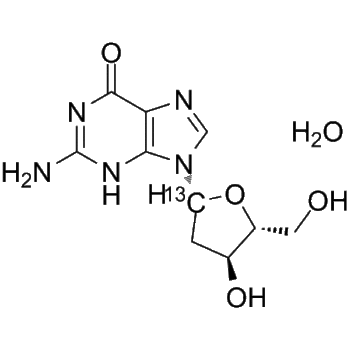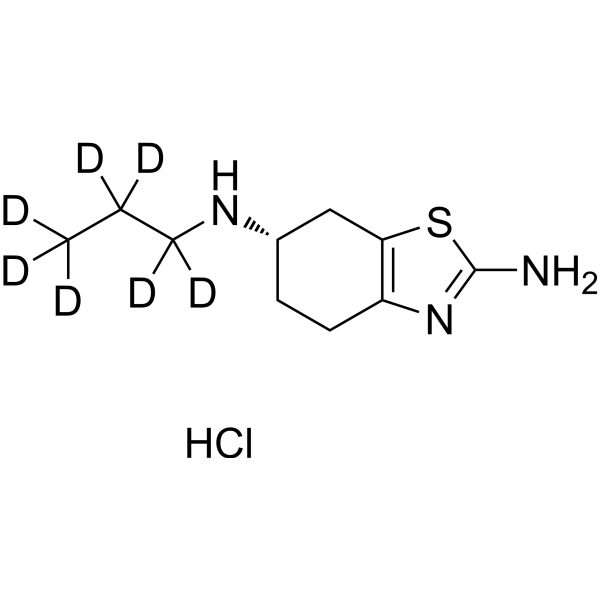
Download Files:
Pramipexole-d7-1 (dihydrochloride)
SKU
HY-17355S2-Get quote
Category Isotope-Labeled Compounds
Tags Dopamine Receptor, GPCR/G Protein;Neuronal Signaling, Neurological Disease
Products Details
Product Description
– Pramipexole-d7-1 (dihydrochloride) is the deuterium labeled Pramipexole dihydrochloride[1]. Pramipexole dihydrochloride is a selective and blood-brain barrier (BBB) penetrant dopamine D2-type receptor agonist, with Kis of 2.2 nM, 3.9 nM, 0.5 nM and 1.3 nM for D2-type receptor, D2, D3 and D4 receptors, respectively. Pramipexole dihydrochloride can be used for the research of Parkinson’s disease (PD) and restless legs syndrome (RLS)[2][3][4].
Web ID
– HY-17355S2
Shipping
– Room temperature
Applications
– Neuroscience-Neuromodulation
Molecular Formula
– C10H11D7ClN3S
References
– [1]Russak EM, et al. Impact of Deuterium Substitution on the Pharmacokinetics of Pharmaceuticals. Ann Pharmacother. 2019 Feb;53(2):211-216.|[2]Kvernmo, T., et al. A review of the receptor-binding and pharmacokinetic properties of dopamine agonists. Clin Ther, 2006. 28(8): p. 1065-78.|[3]Takashi Okura, et al. Blood-brain barrier transport of pramipexole, a dopamine D2 agonist. Life Sci. 2007 Apr 380(17):1564-71.|[4]Ginetta Collo, et al. Ropinirole and Pramipexole Promote Structural Plasticity in Human iPSC-Derived Dopaminergic Neurons via BDNF and mTOR Signaling. Neural Plast. 2018 2018: 4196961.|[5]Ginetta Collo, et al. Ropinirole and Pramipexole Promote Structural Plasticity in Human iPSC-Derived Dopaminergic Neurons via BDNF and mTOR Signaling. Neural Plast. 2018 2018: 4196961.P M Carvey, et al. Attenuation of levodopa-induced toxicity in mesencephalic cultures by pramipexole. J Neural Transm (Vienna). 1997104(2-3):209-28.|[6]Syed Suhail Andrabi, et al. Pramipexole prevents ischemic cell death via mitochondrial pathways in ischemic stroke. Dis Model Mech. 2019 Aug 1 12(8): dmm033860.
CAS Number
– 2702798-58-9
Molecular Weight
– 254.83
SMILES
– NC1=NC2=C(S1)C[C@H](CC2)NC([2H])([2H])C([2H])([2H])C([2H])([2H])[2H].Cl
Clinical Information
– No Development Reported
Research Area
– Neurological Disease
Solubility
– 10 mM in DMSO
Target
– Dopamine Receptor
Pathway
– GPCR/G Protein;Neuronal Signaling
Product type
– Isotope-Labeled Compounds
Disclaimer: All products are for Research use only unless clearly stated otherwise on the product datasheet. Datasheets provided on the website are drafts for reference purpose only and you are requested to always refer to the hard copy included in the kit for your experimentation. Agdia Products are available for delivery only in Canada.
